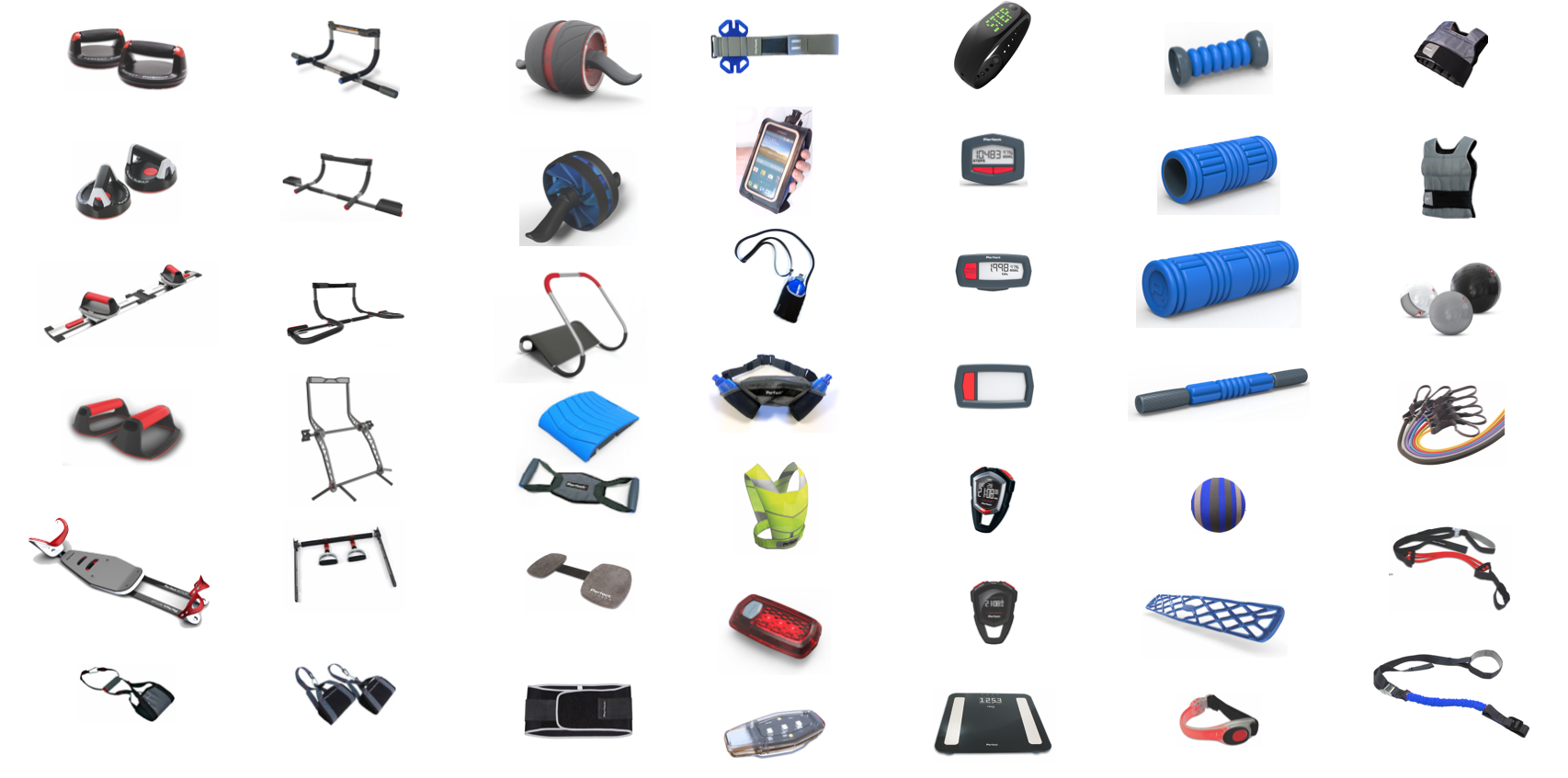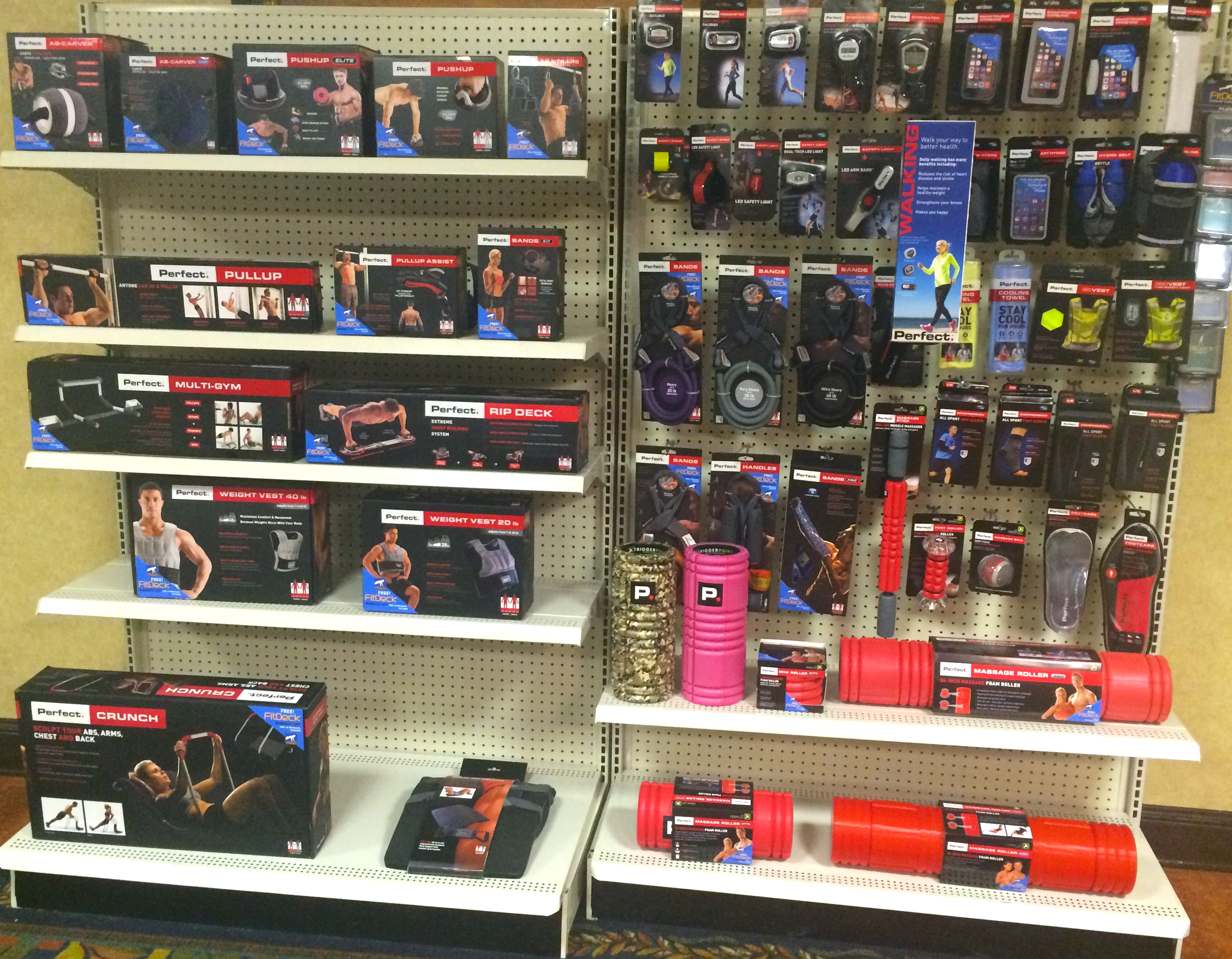Merchant-Centric Design™
Design the Entire Ecosystem
Merchant-Centric Design expands beyond traditional user-centered methods to include the realities of retail and manufacturing. It considers how a product will perform not only in someone’s hands, but in the supply chain, on the shelf, and in the margin structure that keeps a business healthy. A strong relationship with the merchant—and a deep understanding of how sales and purchasing work inside large retailers—is essential to making the right design decisions.
It aligns creativity with the commercial ecosystem.
Balancing User Needs With Merchant Goals
Great products must resonate with people, but they also need to be priced right, easy to stock, and efficient to ship. Merchant-Centric Design connects these often competing constraints. It identifies solutions that are desirable for users, feasible for manufacturers, and viable for merchants.
It’s through the design process — and a willingness to embrace ambiguity and learn from failure — that meaningful, successful products emerge.
Design Shelf and Supply Chain
Merchants evaluate products through a lens of logistics, category architecture, and visual clarity at retail. This approach focuses on how products communicate from six feet away, how packaging supports the story, and how each decision affects shipping, storage, and operational flow.
It's design that works upstream and downstream.
Turning Insight Into Outcomes
By integrating design, business strategy, and manufacturing realities, Merchant-Centric Design creates products that sell, ship, and scale. It is a process that embraces iteration, partners closely with merchants and factories, and delivers meaningful results. The outcome is not just a product, but a sustainable path to growth.




